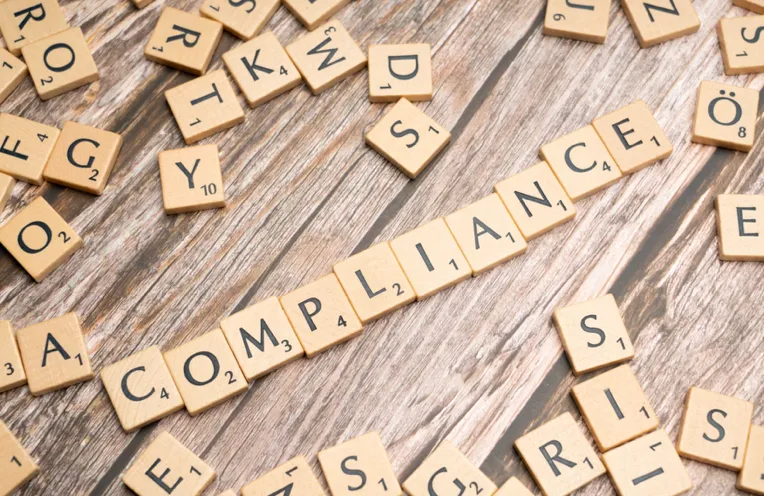Digital accessibility is crucial for ensuring that websites, applications, and documents are usable by everyone, including individuals with disabilities. Section 508 of the Rehabilitation Act requires federal agencies and organizations associated with them to make their information technology accessible. Achieving compliance involves meeting accessibility 508 standards, performing regular 508 testing, and obtaining 508 compliance certification to confirm full accessibility.
What Is Section 508 Compliance Testing
Section 508 compliance testing is the process of evaluating websites, applications, and electronic content to ensure they meet accessibility requirements. The testing process involves a combination of automated scans and manual assessments to identify and correct barriers that prevent users with disabilities from accessing content.
Automated scans detect common issues such as missing alt text or improper heading structures. Manual testing, however, is essential to check real-world usability with assistive technologies like screen readers and keyboard navigation. Both methods together ensure compliance with accessibility 508 standards.
Importance of 508 Compliance Standards
508 compliance standards define the technical rules that ensure digital platforms are accessible. They cover aspects such as text alternatives, keyboard navigation, color contrast, and multimedia accessibility.
By adhering to these standards, organizations can meet legal requirements, reduce the risk of lawsuits, and expand their audience reach. Compliance also improves usability for all users, not just individuals with disabilities.
Understanding 508 Compliance Certification
508 compliance certification verifies that an organization’s digital platform meets Section 508 requirements after thorough testing and remediation. To achieve this certification, organizations must conduct detailed section 508 compliance testing, fix accessibility issues, and confirm compliance through final evaluations.
Obtaining certification demonstrates a strong commitment to accessibility and ensures that an organization meets all federal accessibility regulations.
Key Steps in Section 508 Compliance Testing
Achieving compliance involves several essential steps.
Automated Testing
Automated tools perform initial scans to detect accessibility issues such as missing alternative text, low color contrast, and incorrect heading levels.
Manual Testing
Accessibility specialists conduct manual testing to evaluate real-world usability. This process checks compatibility with assistive technologies, proper keyboard navigation, and availability of captions for multimedia content.
Remediation
After identifying issues, remediation addresses accessibility barriers by improving content structure, navigation, and compliance with accessibility 508 standards.
Final Verification and 508 Compliance Certification
A final round of 508 testing ensures that all issues are resolved. Once confirmed, organizations can obtain 508 compliance certification as proof of accessibility.
Benefits of Following 508 Compliance Guidelines
Complying with accessibility standards offers multiple advantages:
- Better user experience for everyone
- Wider audience reach, including users with disabilities
- Reduced legal risks and penalties for non-compliance
- Improved brand image as an inclusive organization
Meeting accessibility 508 standards is not just about compliance; it is about creating a better user experience for all.
Best Practices for Meeting Accessibility 508 Standards
Integrate Accessibility from the Start
Building accessibility into the design and development process reduces costly future fixes.
Conduct Regular 508 Testing
Performing section 508 compliance testing regularly ensures that updates and new features remain compliant.
Train Teams on 508 Compliance Standards
Educating developers, designers, and content creators ensures accessibility becomes part of every project.
Work with Accessibility Experts
Experts can provide thorough testing, remediation guidance, and help achieve 508 compliance certification efficiently.
Role of Section 508 Compliance Testing in Digital Inclusion
Section 508 compliance testing is essential to ensure that people with disabilities can access digital platforms equally. It identifies barriers that automated tools might miss and ensures that accessibility 508 standards are fully met.
Organizations that perform regular 508 testing create a more inclusive digital environment while reducing compliance risks.
How 508 Compliance Standards Support Equal Access
508 compliance standards and guidelines provide the framework for accessible digital content. These rules ensure compatibility with assistive technologies, such as screen readers and keyboard navigation, allowing all users to access information independently.
Meeting these standards demonstrates social responsibility, inclusivity, and a commitment to equal access for all users.
Challenges in Achieving 508 Compliance Certification
Many organizations face challenges such as outdated systems, lack of knowledge, and limited resources for accessibility testing. Overcoming these issues requires regular testing, expert support, and consistent training for staff involved in content creation.
Long-Term Accessibility Planning
Accessibility is an ongoing responsibility. Establishing a long-term strategy with periodic 508 testing, updates, and staff training ensures sustained compliance with accessibility 508 standards.
Making accessibility part of the development and content creation process leads to better user experiences and consistent compliance.
Conclusion
Section 508 compliance testing, combined with 508 testing and 508 compliance certification, is essential for building accessible digital platforms. By adhering to accessibility 508 standards, organizations meet legal obligations and create inclusive user experiences.
Regular testing, remediation, and long-term planning allow organizations to maintain compliance while improving usability for all. Prioritizing accessibility strengthens brand reputation, expands audience reach, and ensures equal digital access for everyone.
Congrats! You’ve Finished This Blog.








